How Card Sorting Improves User Experience

Discover how card sorting—a user experience (UX) design exercise that engages real users—can inform a website's information architecture and help people more quickly find the content they need.
Read More ›
Page Redirects and Website Sustainability
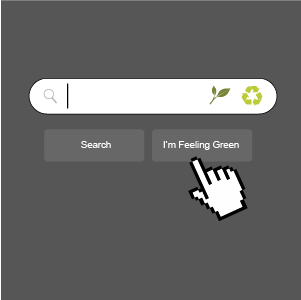
Make your content more usable, findable, and sustainable by incorporating page redirects and helpful error messages into your website governance strategy. This is a straightforward SEO best practice that can also improve website sustainability and make site users happier.
Read More ›
Keyword Optimization for SEO and Sustainability

In this post, learn how keyword optimization can improve SEO, increase your content's 'findability', and reduce energy use and digital emissions.
Read More ›
Optimize Images to Improve Sustainability

Optimize your images to decrease page load times for better sustainability, usability, and accessibility. In this post, we show you how.
Read More ›
What is PageSpeed and Why Does it Matter?
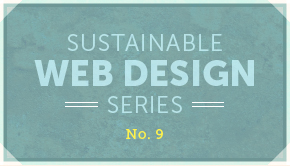
In this post, we take a look at Google PageSpeed and how it relates to customer satisfaction, energy use, and sustainable web design.
Read More ›
Mightybytes Launches Ecograder

What Fast Food Drive-Throughs Can Teach Us About Making Fast Websites
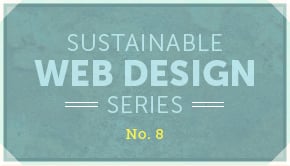
HTTP requests and fast food drive-throughs have a lot in common: learn how to avoid long queues and improve your website's performance.
Read More ›
Minifying or Munging Code for Faster Website Page Speed
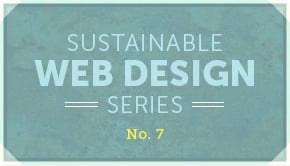
In this post, we explore how minifying page scripts can help increase performance, improve user experience, and burn less energy in the process.
Read More ›
6 Ways to Reduce Your Carbon Footprint While Surfing the Web
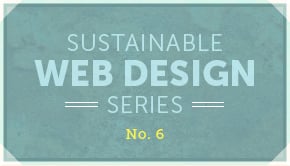
In our next Sustainable Web Design post, James considers ways to save energy while surfing the web.
Read More ›
How CSS Sprites Improve Speed And Sustainability
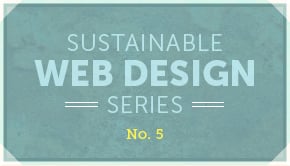
In this post on Sustainable Web Design, we explain what a CSS Sprite is, how it can help your pages load faster, and how that reduces your carbon footprint.
Read More ›



